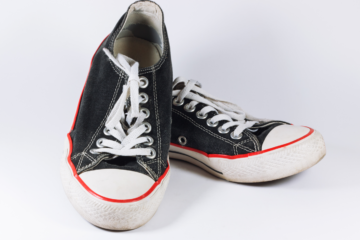The Revival of Artisanal Textiles
The design world is reshaping towards the authenticity and artistry of handcrafted textiles as people shift away from impersonal, machine-made items. This shift reflects a growing responsibility in consumption and a desire to reconnect with past craftsmanship. It can be as effortless as deciding to shop premium velvet fabric for opulent home decor, enhancing the elegance of a room with a material known for its luxurious texture and depth of color. Incorporating such sumptuous materials in living spaces can create a regal yet inviting atmosphere that resonates with careful selection and taste.
Environmental Impacts of Handcrafted vs. Mass-Produced Fabrics
The discussion on sustainability in textiles is gaining importance in today’s ecologically conscious world. Artisanal textiles represent a cleaner, more socially responsible approach to fabric production, reducing energy consumption and waste compared to large-scale mechanized manufacturing. Handcrafted textiles respect the Earth and offer a way to appreciate fine materials without contributing excessively to pollution. Each step in creating handcrafted textiles is considered, making every handmade piece a work of art and a statement of environmental stewardship.
Cultural Significance and Preservation of Traditional Techniques
Handcrafted textiles serve as a canvas where stories of tradition, skill, and community unfold. The intricate techniques passed down through generations encapsulate entire histories and philosophies of different cultures, often at risk of being lost in the face of modern production methods. By embracing these textiles, consumers are part of a movement that values and safeguards these skills. This preservation of traditional methods goes beyond mere aesthetics. It is a conservation of identity and respect for the knowledge and experience of the artisans who create these fabric wonders. These are not just materials to be utilized but cultural heirlooms to be honored and sustained.
How to Identify Authentic Handcrafted Textiles
Handcrafted textiles are a unique art form due to their subtle imperfections and hallmarks of handiwork. These imperfections, such as uneven weave or print variations, can reveal the artisan’s hand at work. Actual artisan textiles often have a story of their inception, visible in the slight differences between each piece. While mass-produced items may attempt to mimic these imperfections, closer inspection and knowledge of materials and craft can reveal the truth of the textile’s origins, assuring quality and satisfaction.
Decorating with Purpose: Incorporating Artisanal Fabrics at Home
Handcrafted textiles are a popular choice in interior design, showcasing a commitment to the art of making. They not only enhance the appearance of a room but also convey stories and create an atmosphere. For instance, artisan-crafted velvet or hand-woven throw cushions can transform a room, making it feel curated and connected to global traditions. This timeless elegance resonates with those seeking depth and narrative in their living spaces.
The Role of Handcrafted Textiles in Sustainable Fashion
The fashion world is witnessing a paradigm shift towards sustainability and ethical production, propelling artisanal textiles into the spotlight. These materials answer the rising concerns regarding fast fashion’s adverse effects on the environment and labor. Handcrafted textiles promise durability, quality, and a reduced ecological imprint, catering to a growing demographic of consumers who desire clothing with a conscience. As designers and brands increasingly incorporate these fabrics into their collections, they pave the way for a new era of fashion that honors the maker as much as the wearer and values the artistry and story behind each garment.
Stay in touch to get more updates & news on Timesanalysis !



